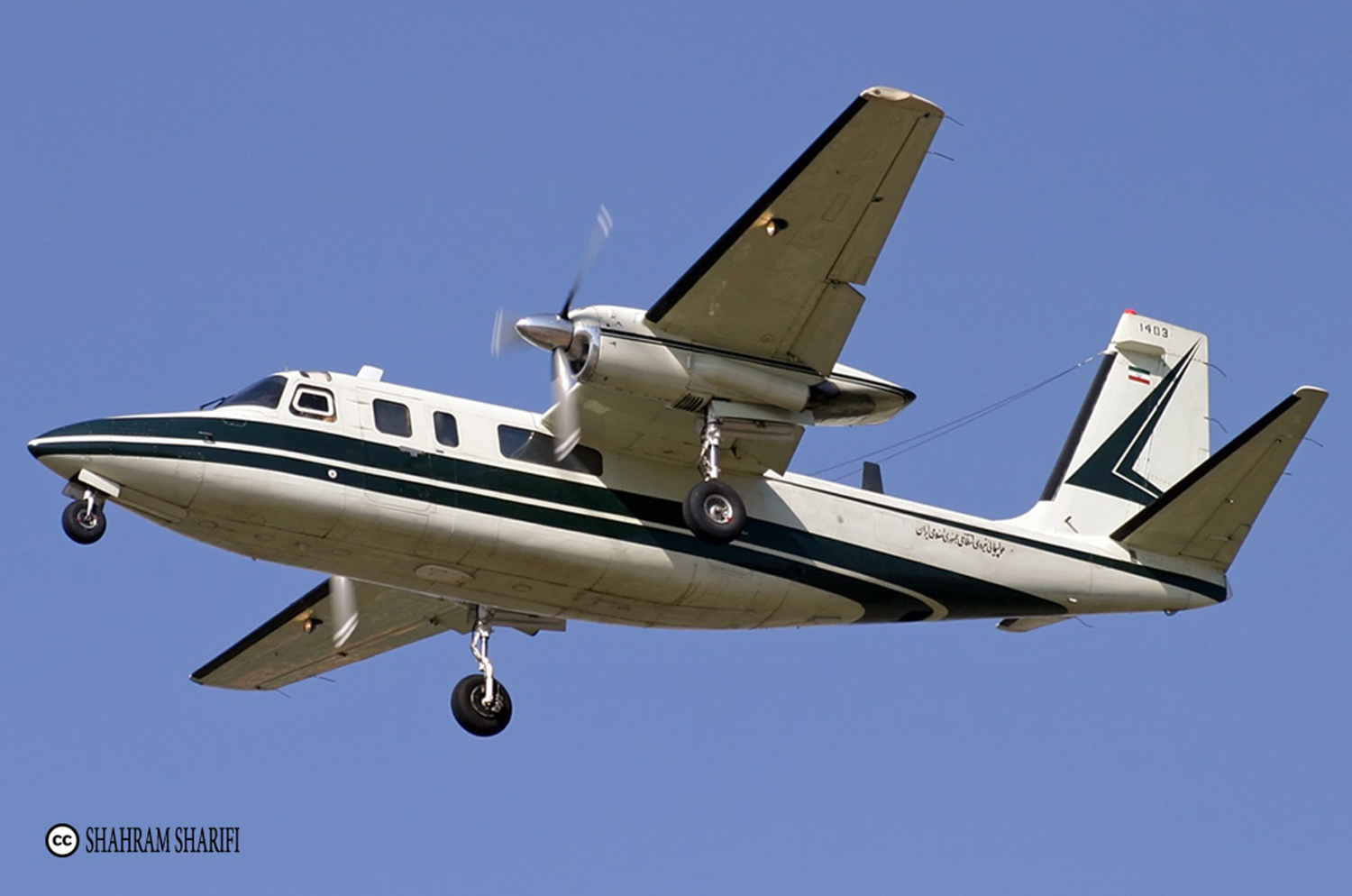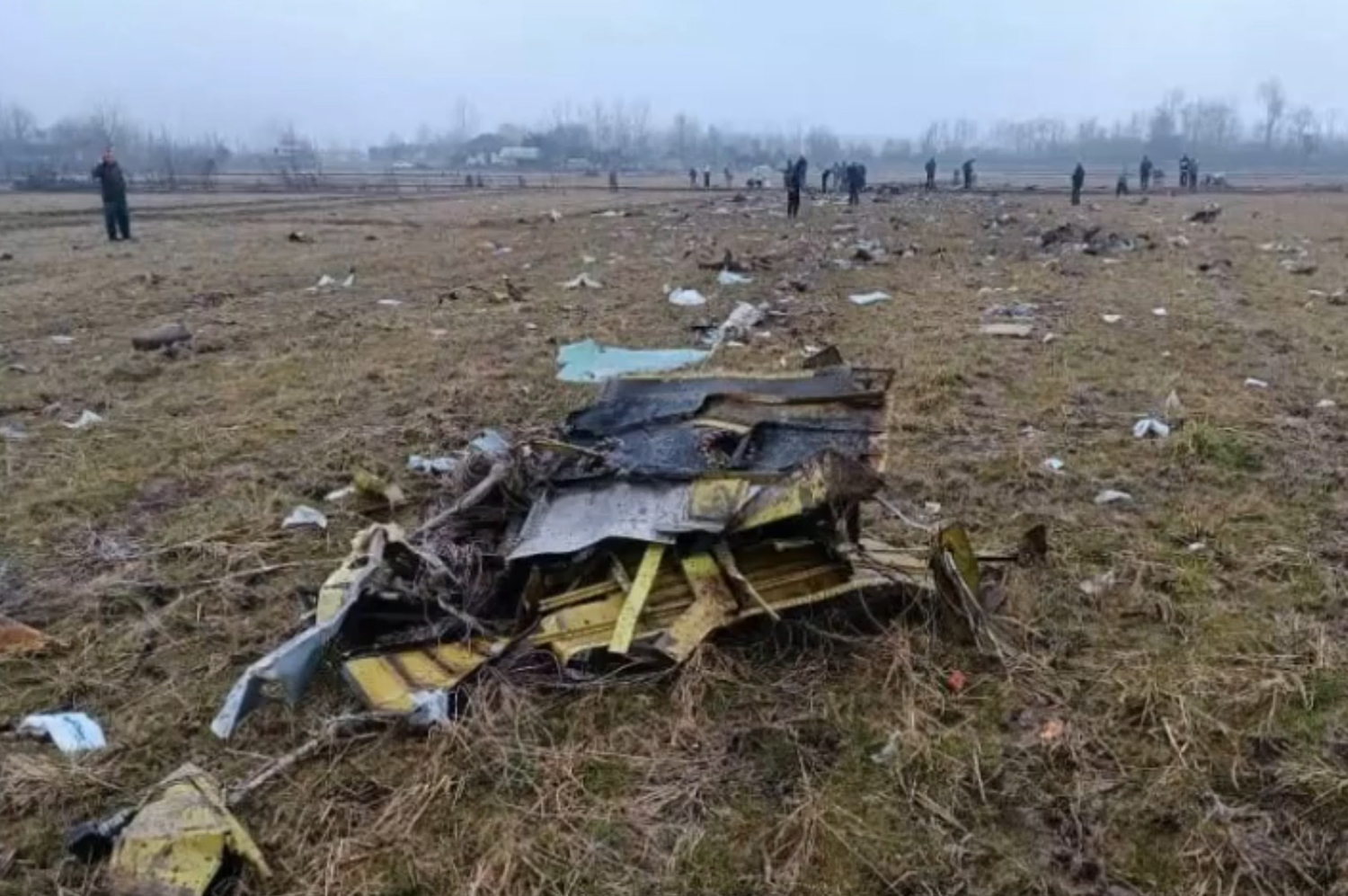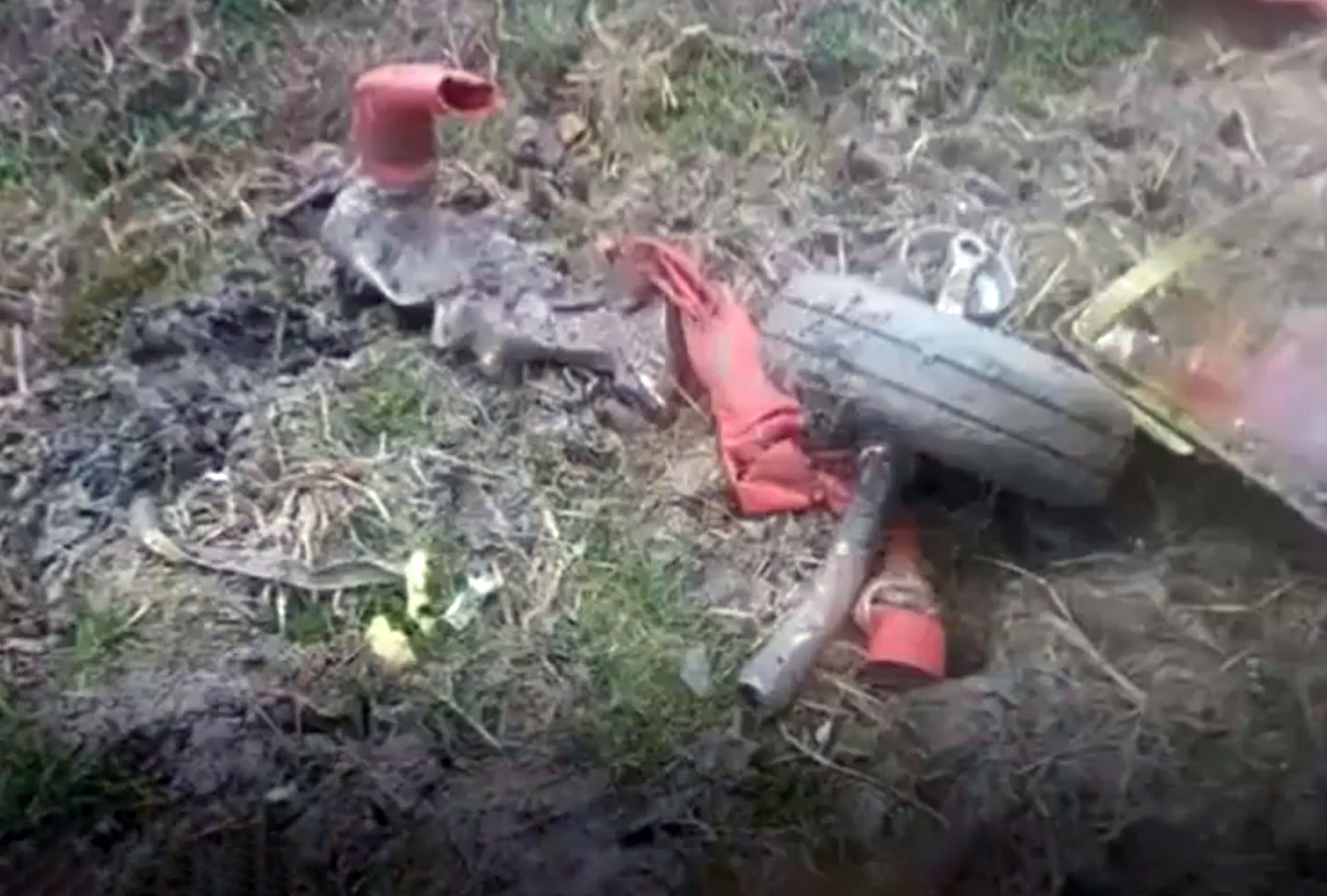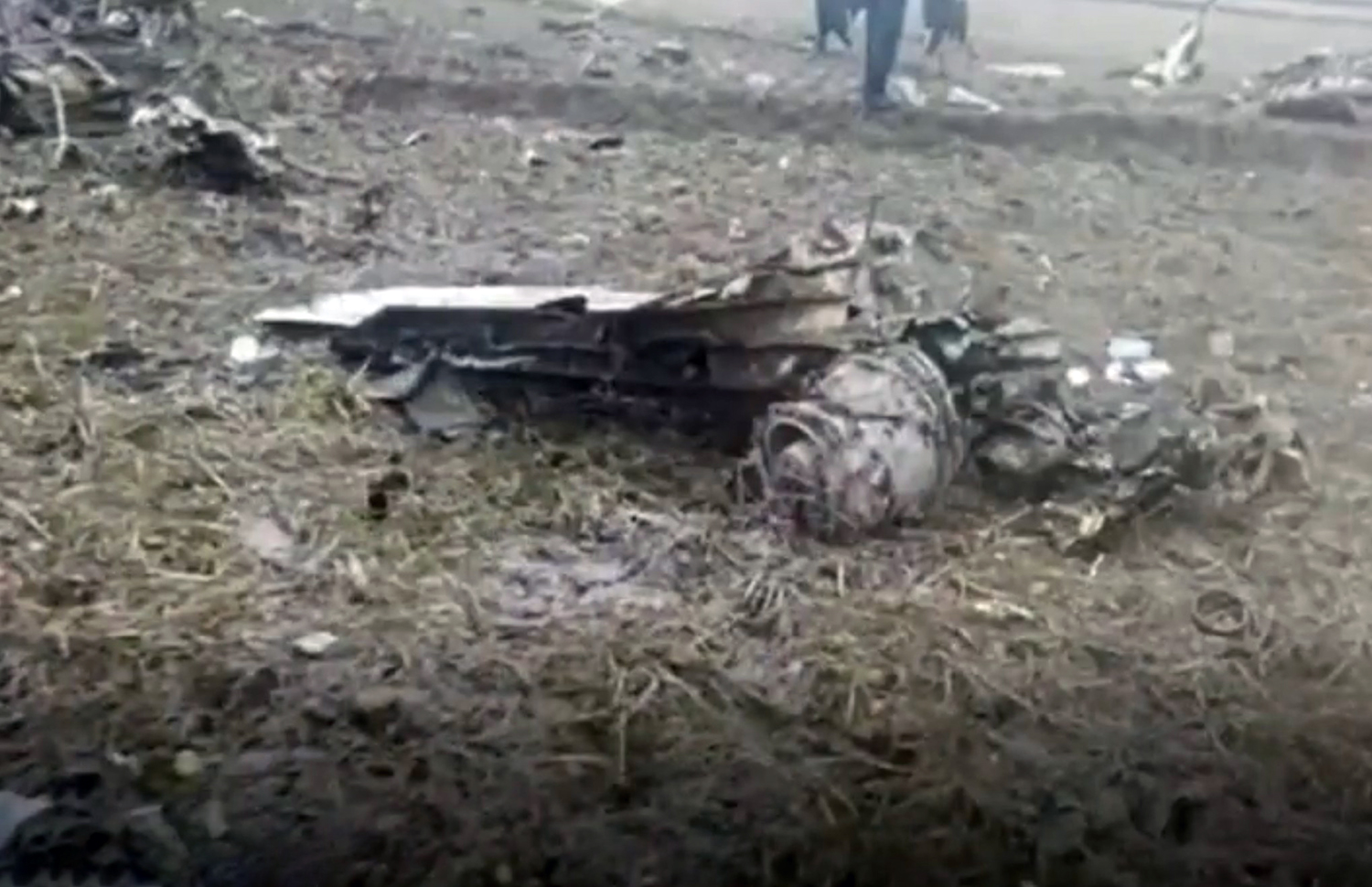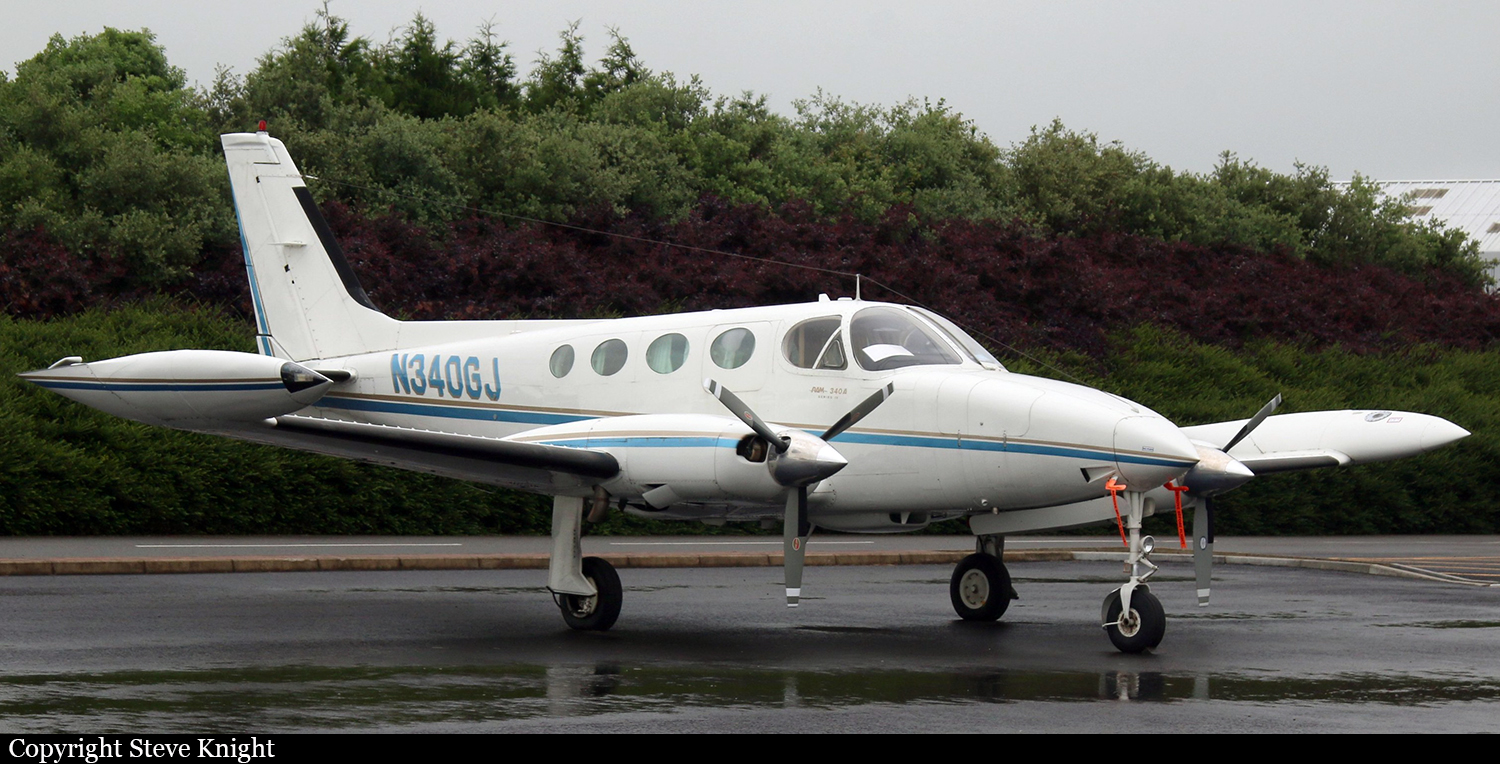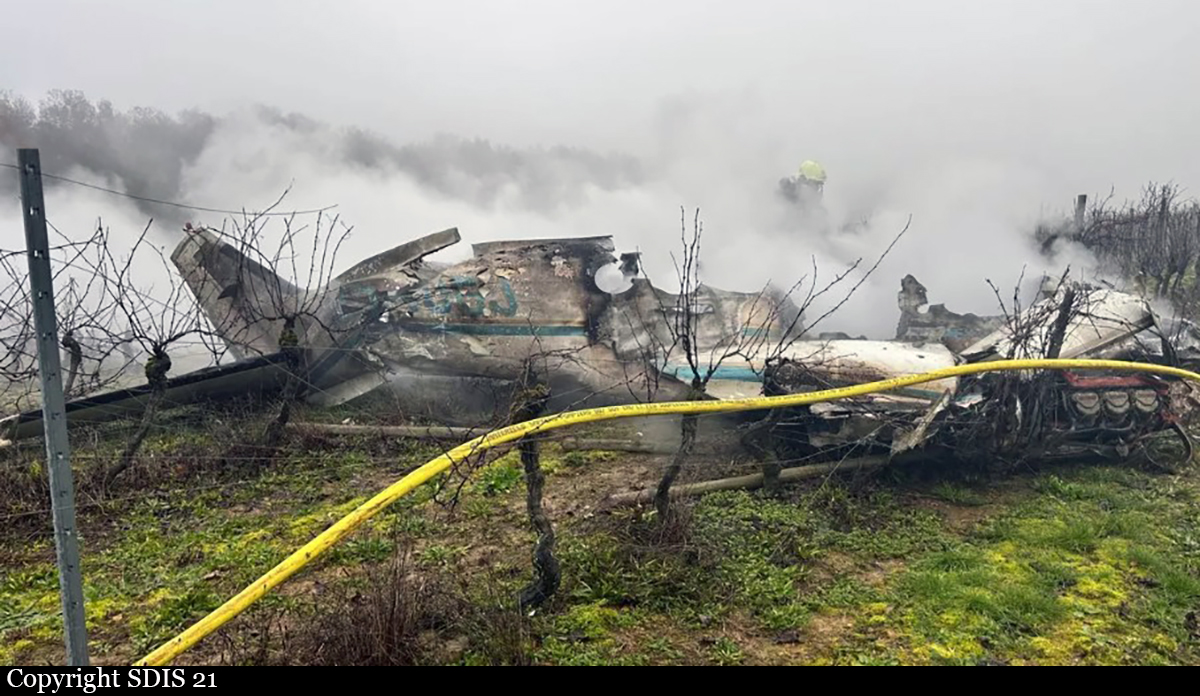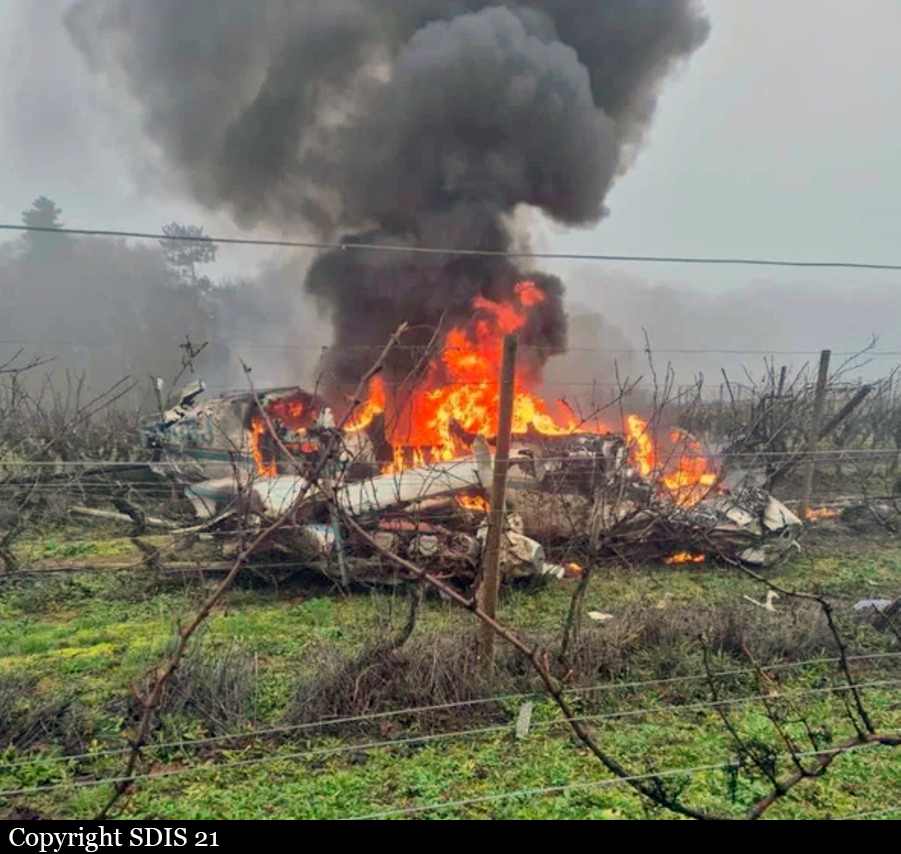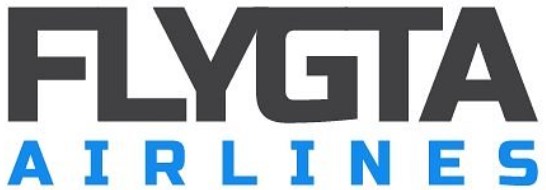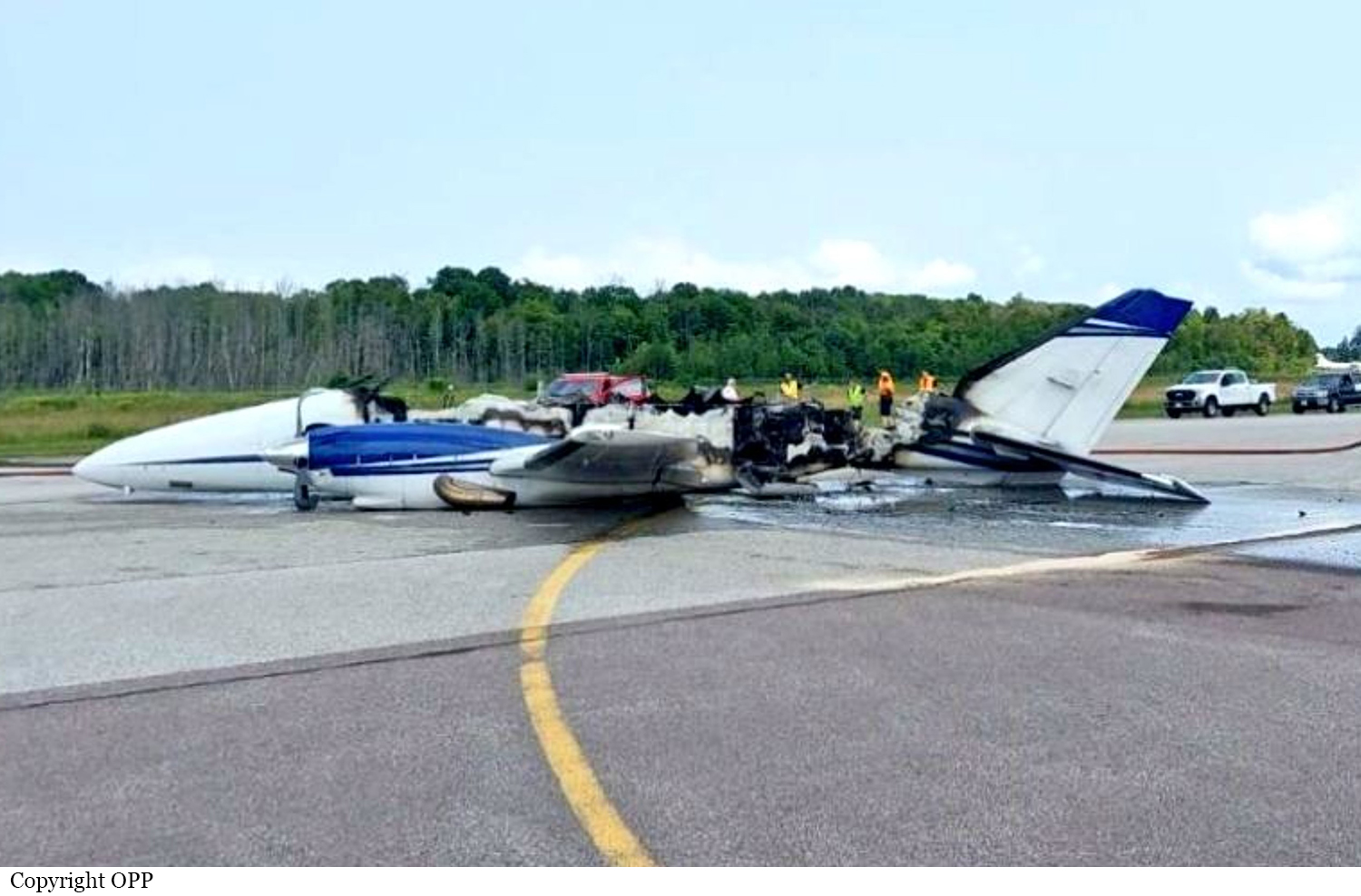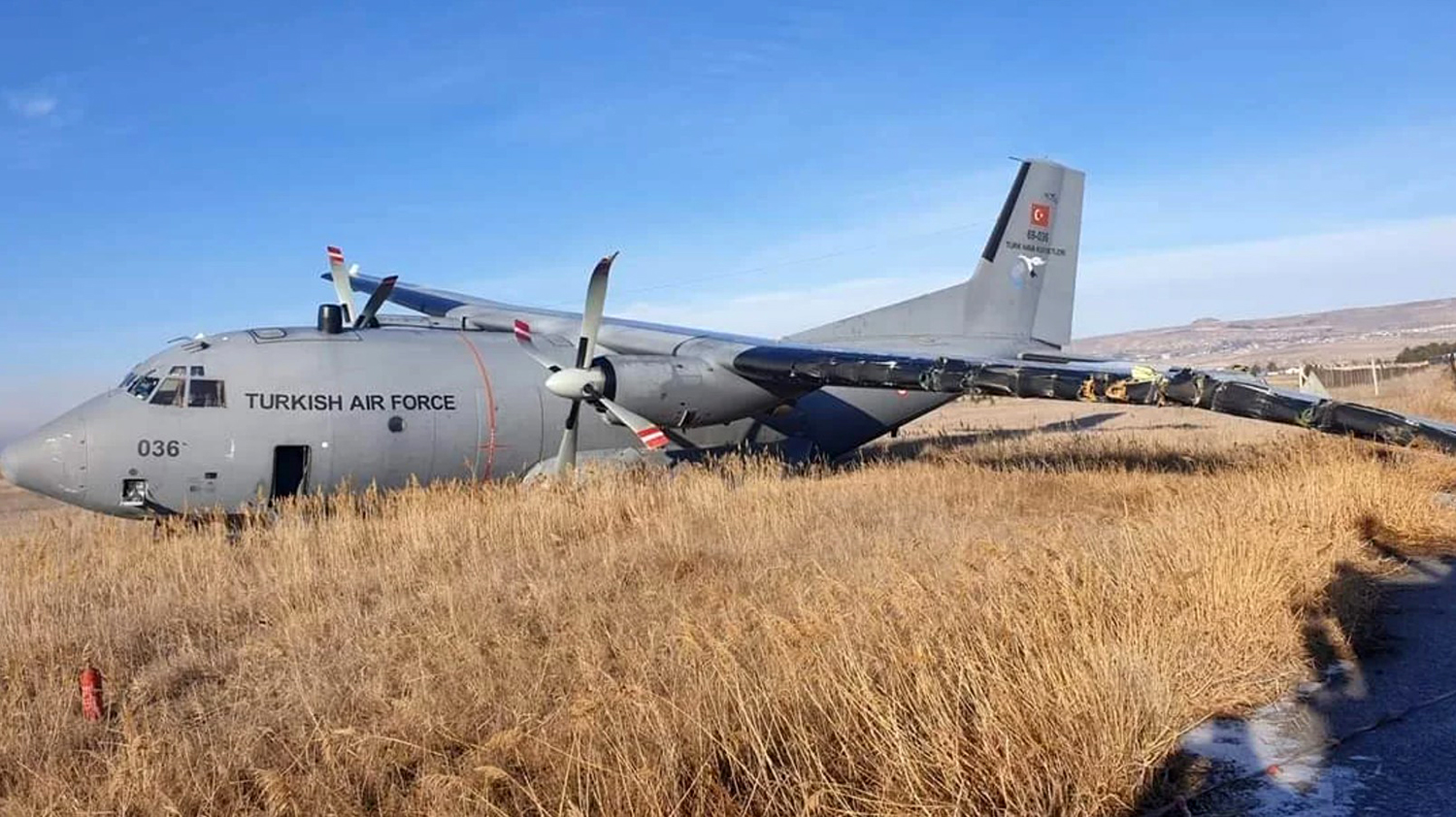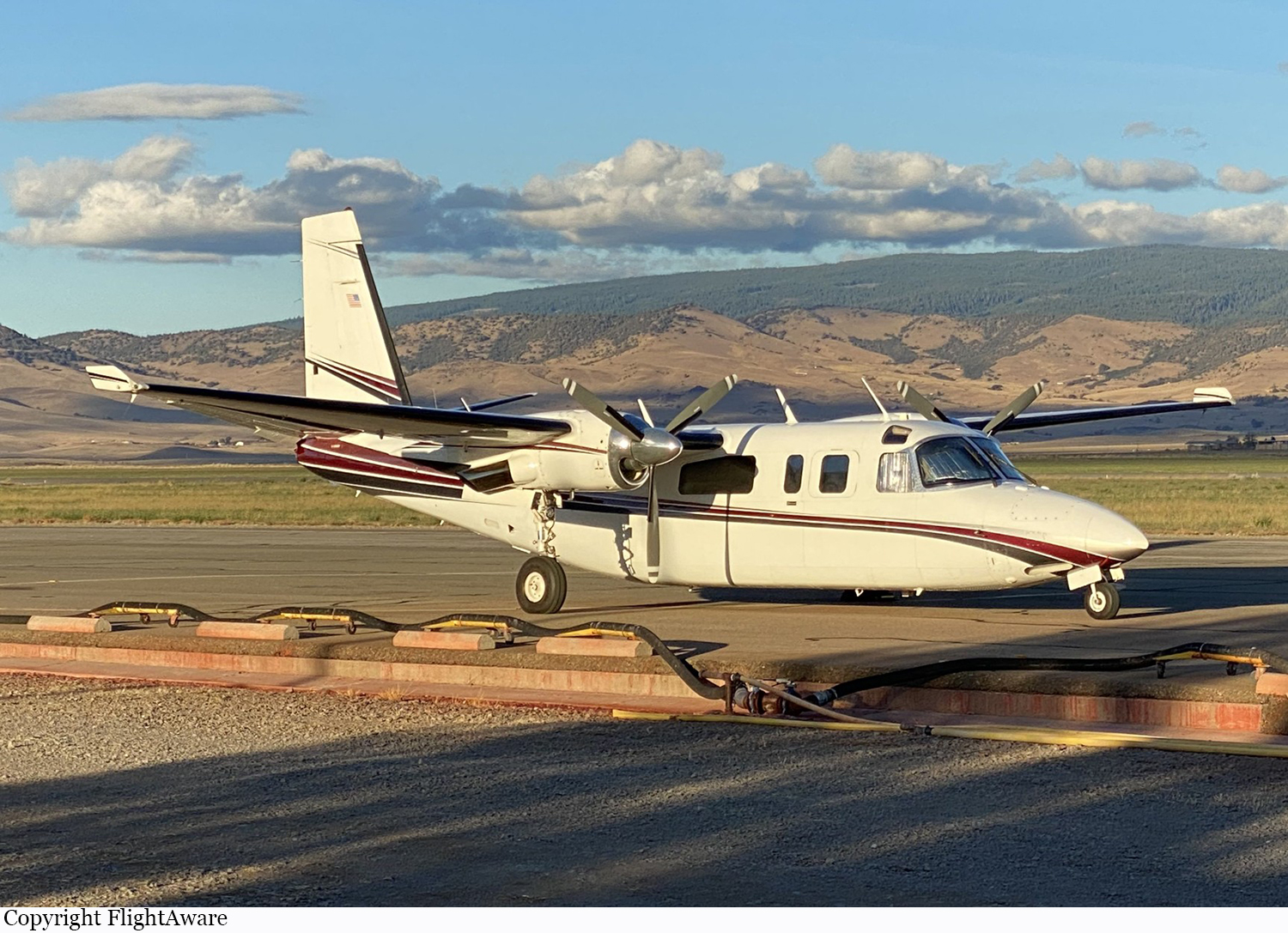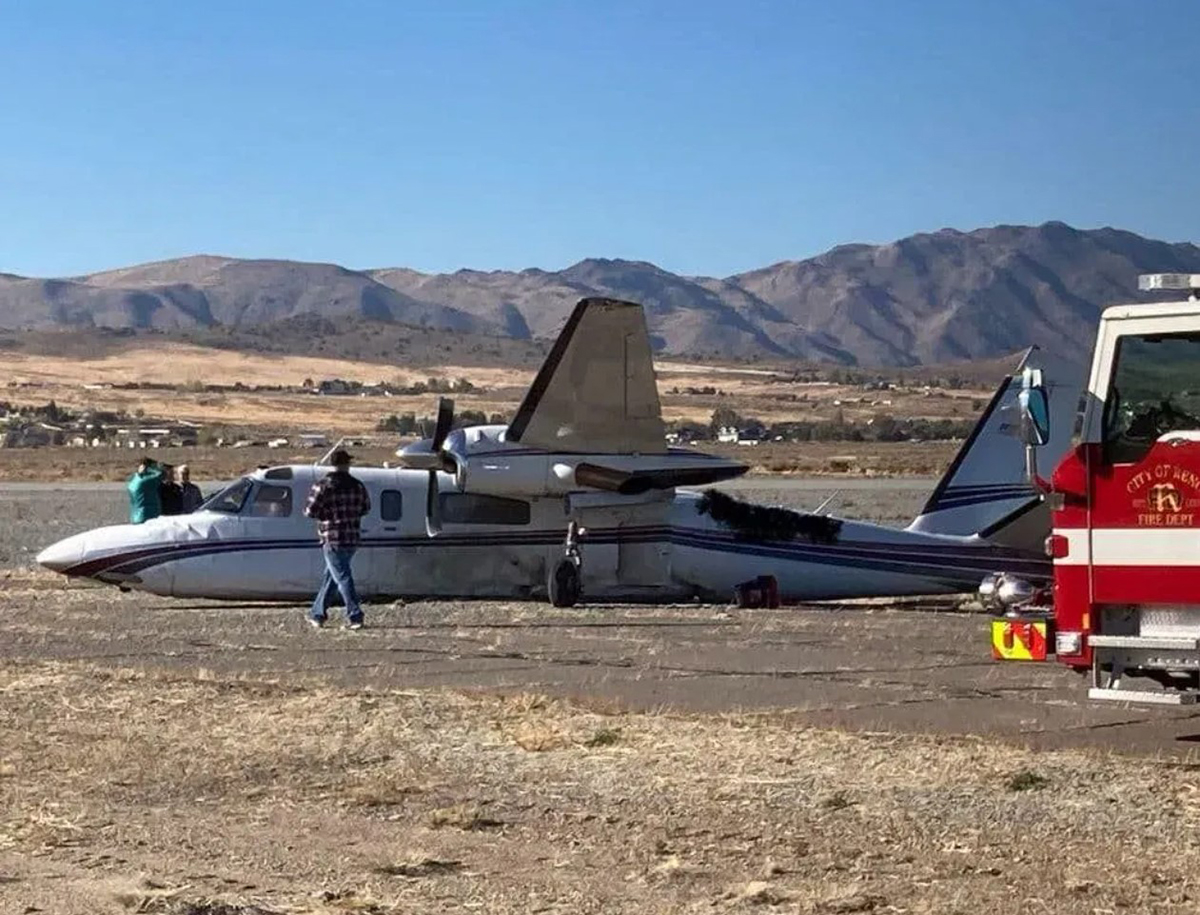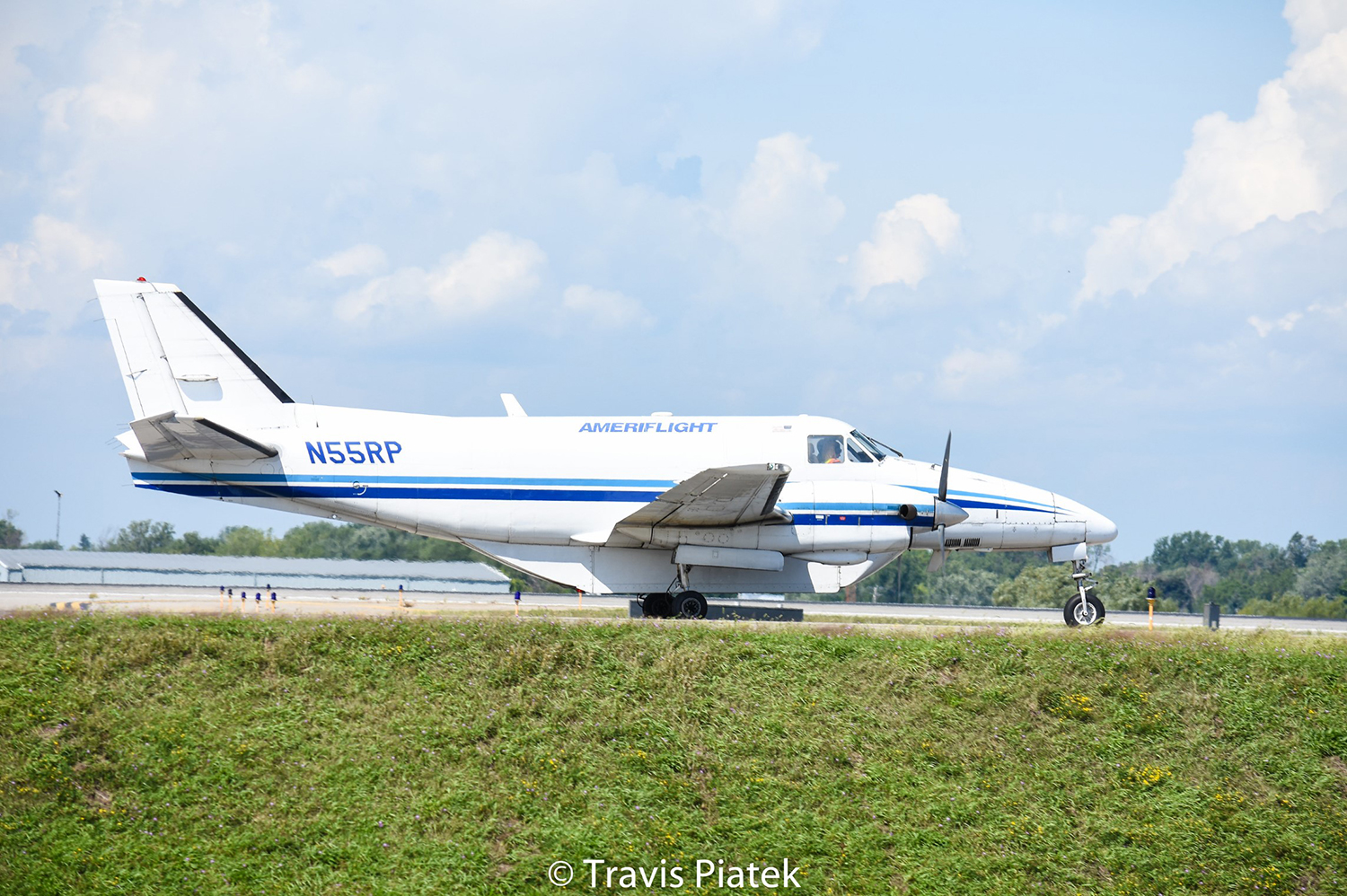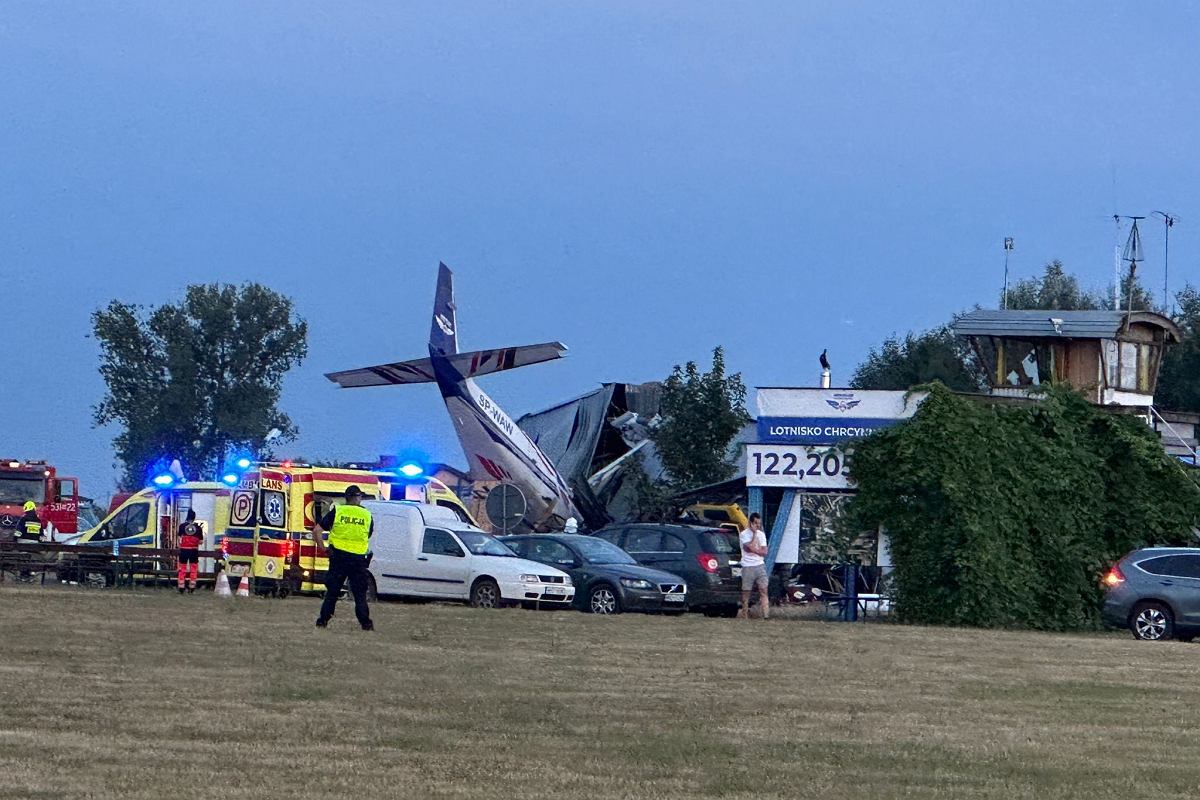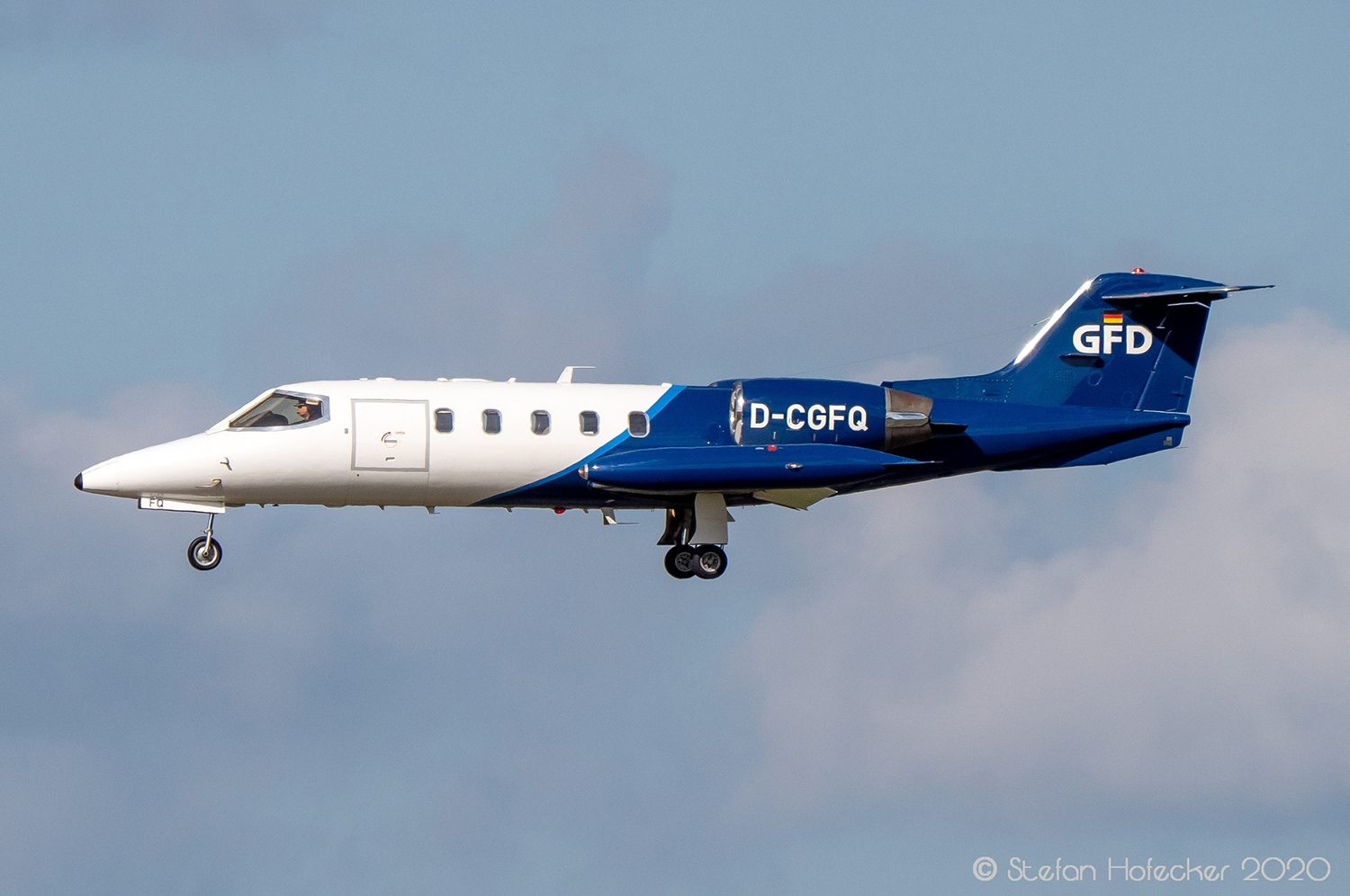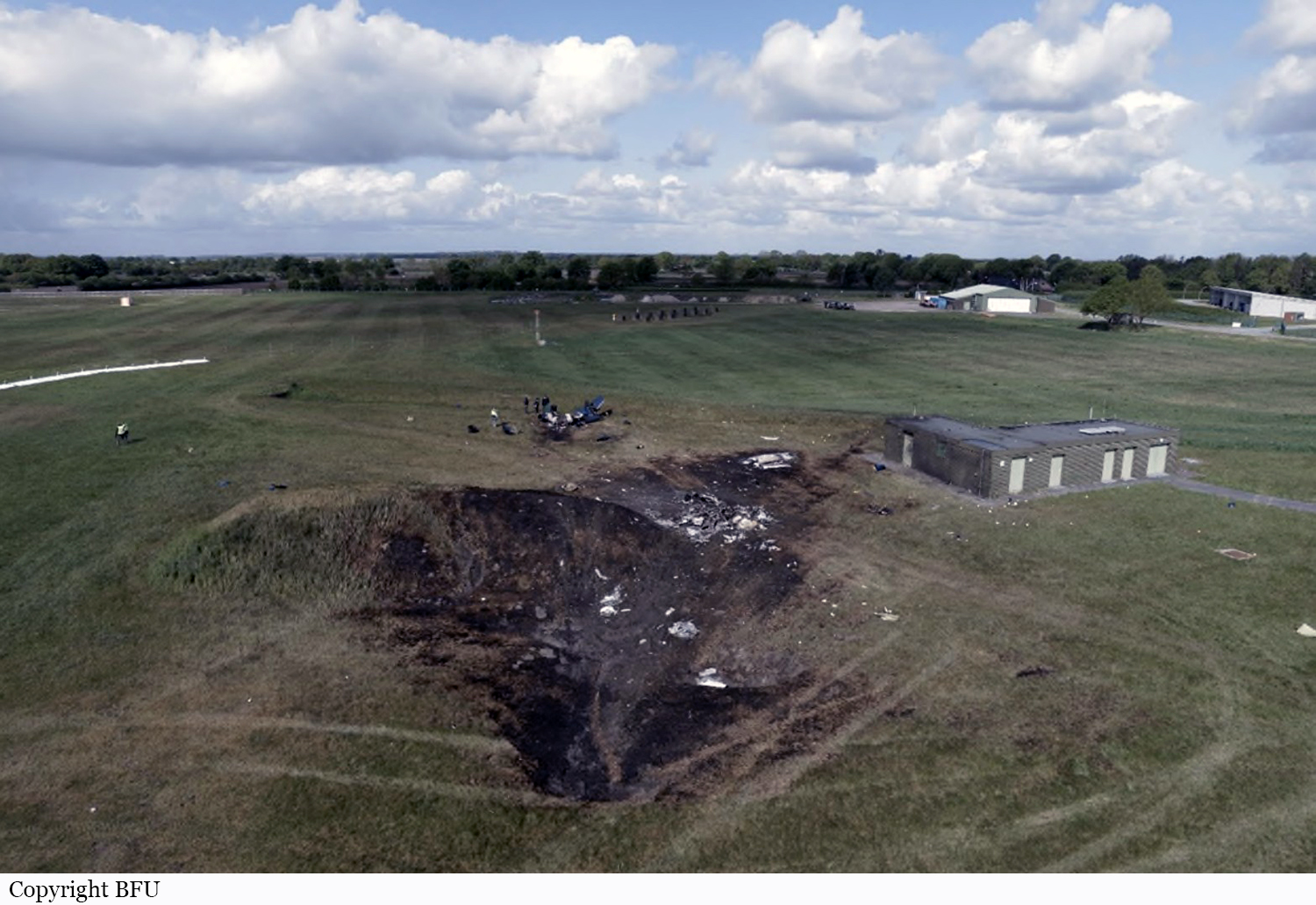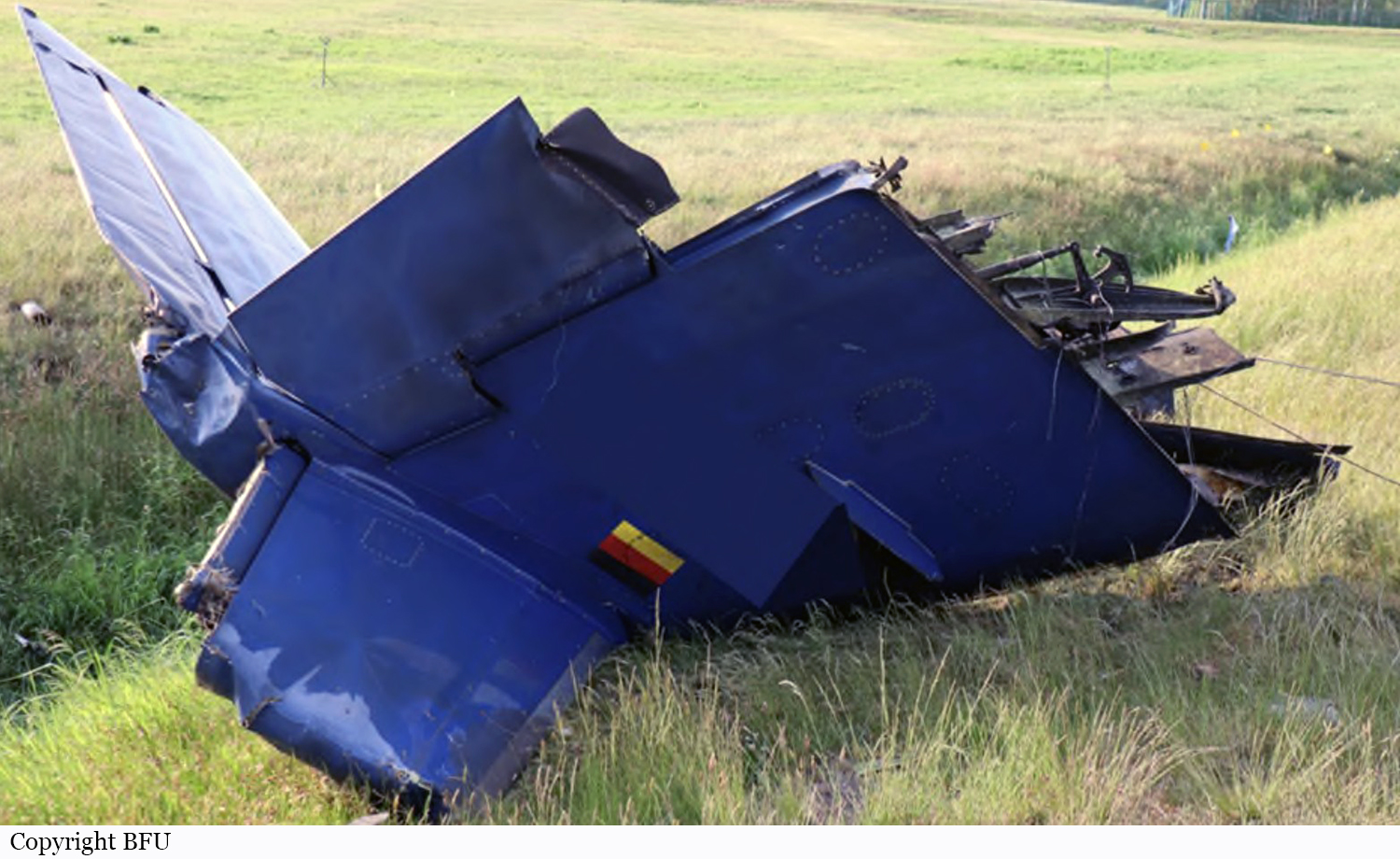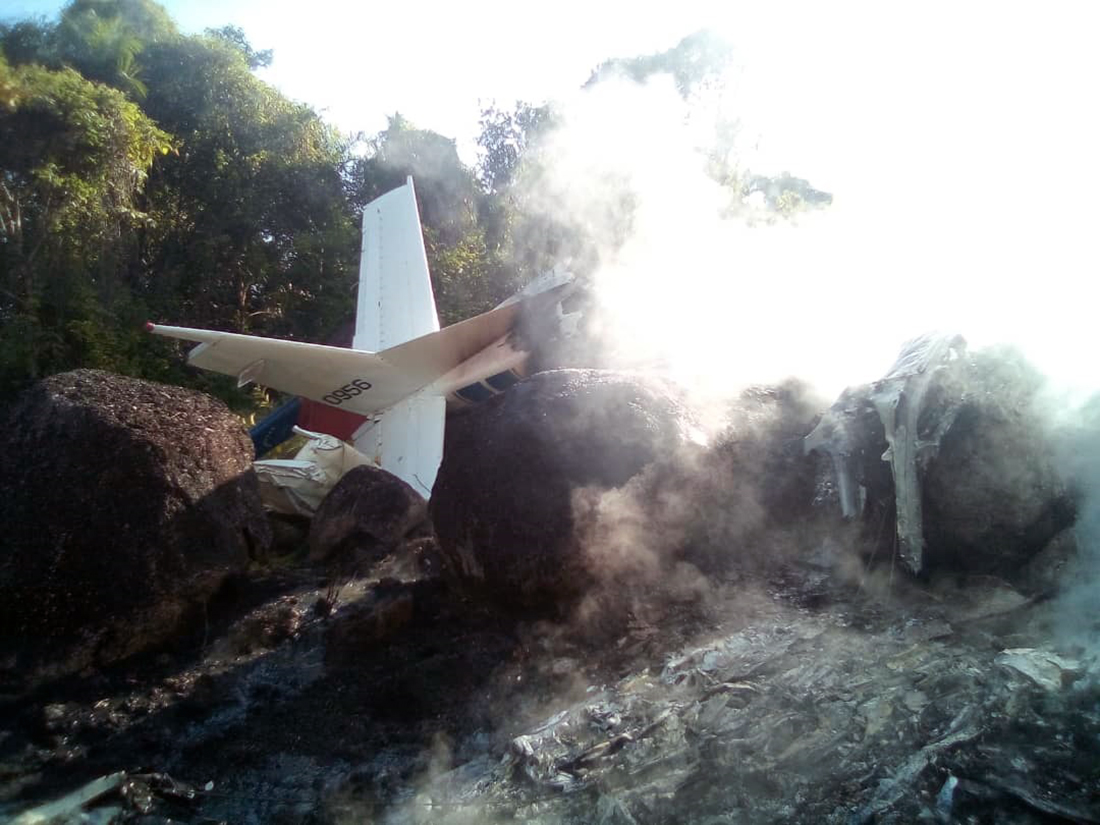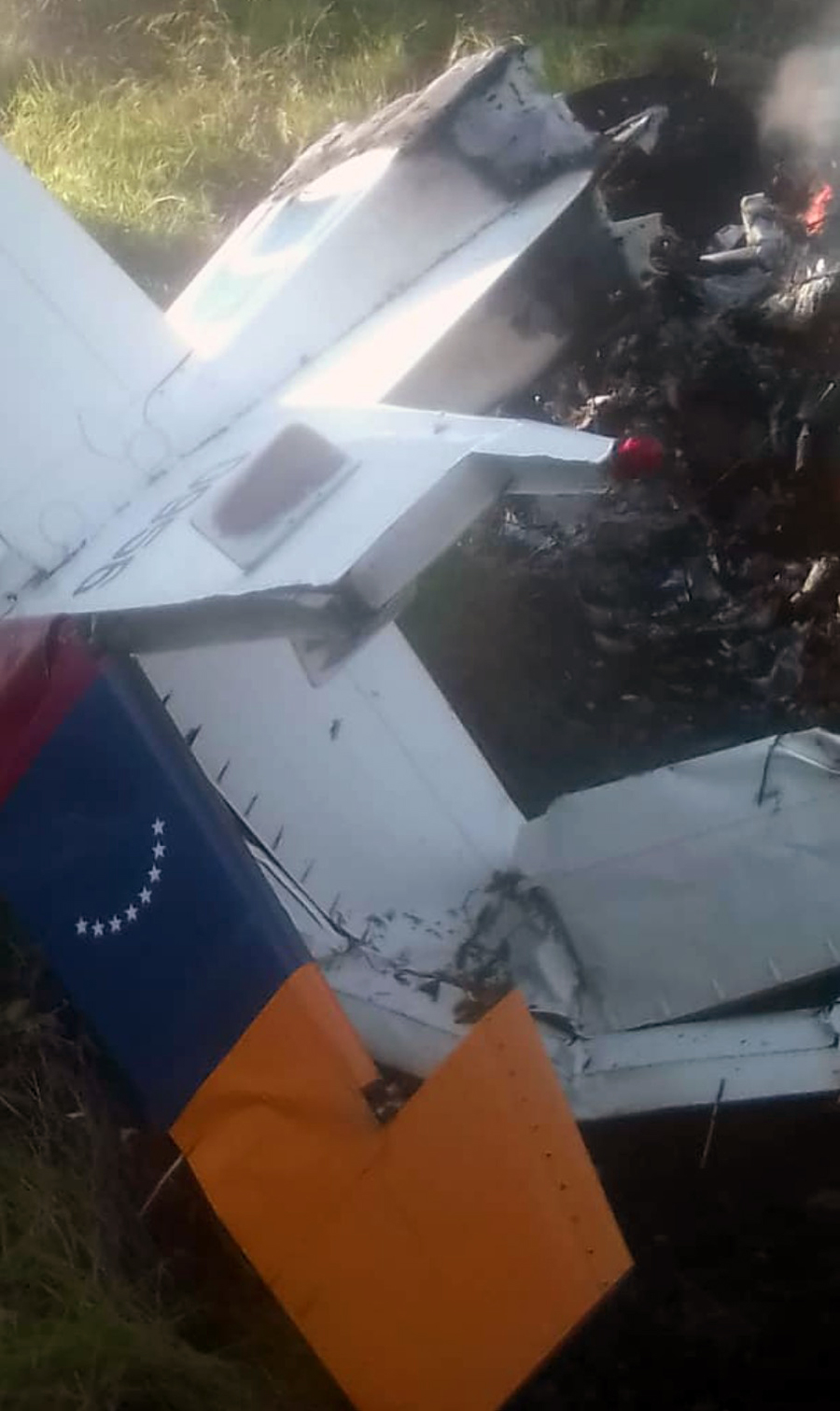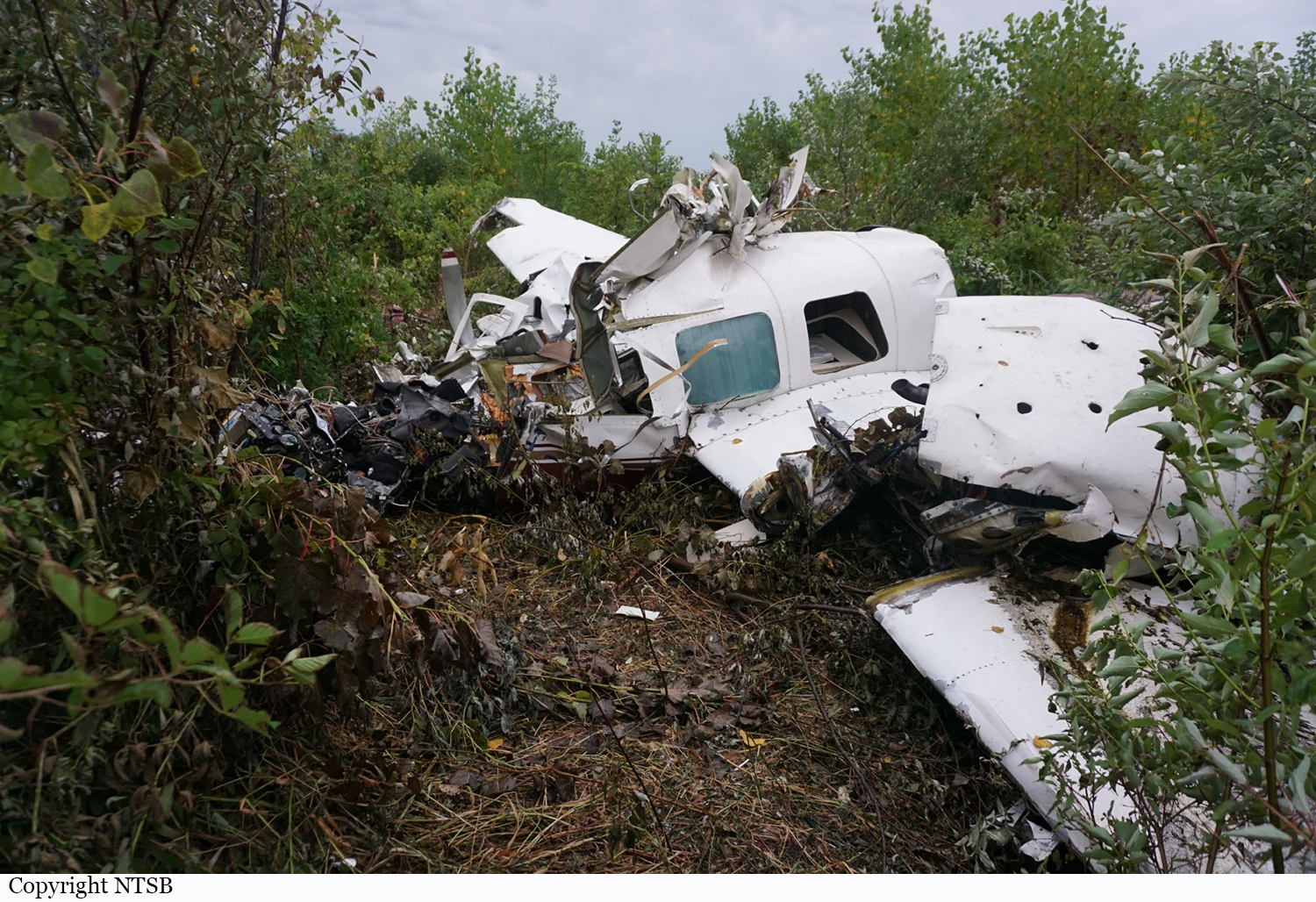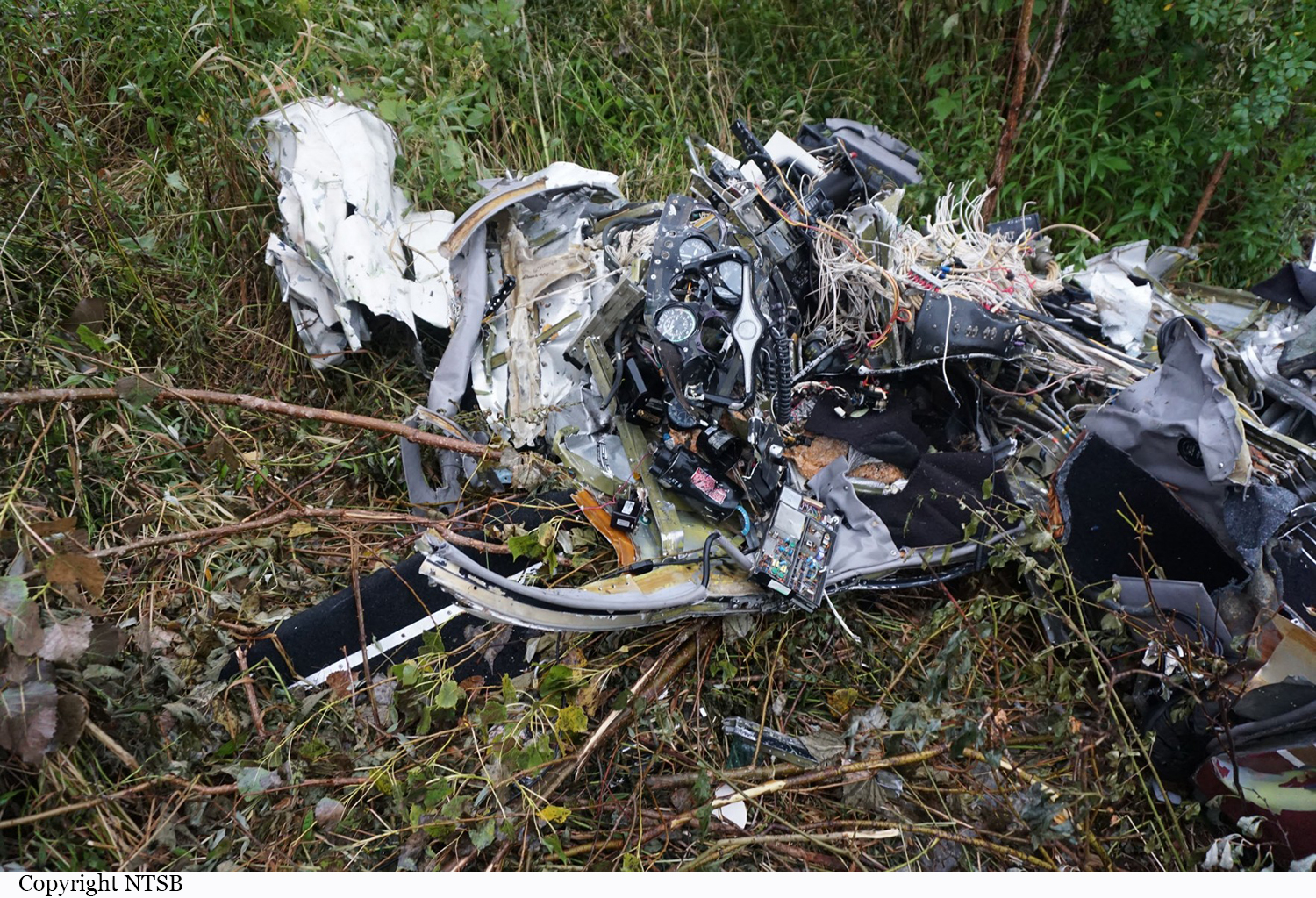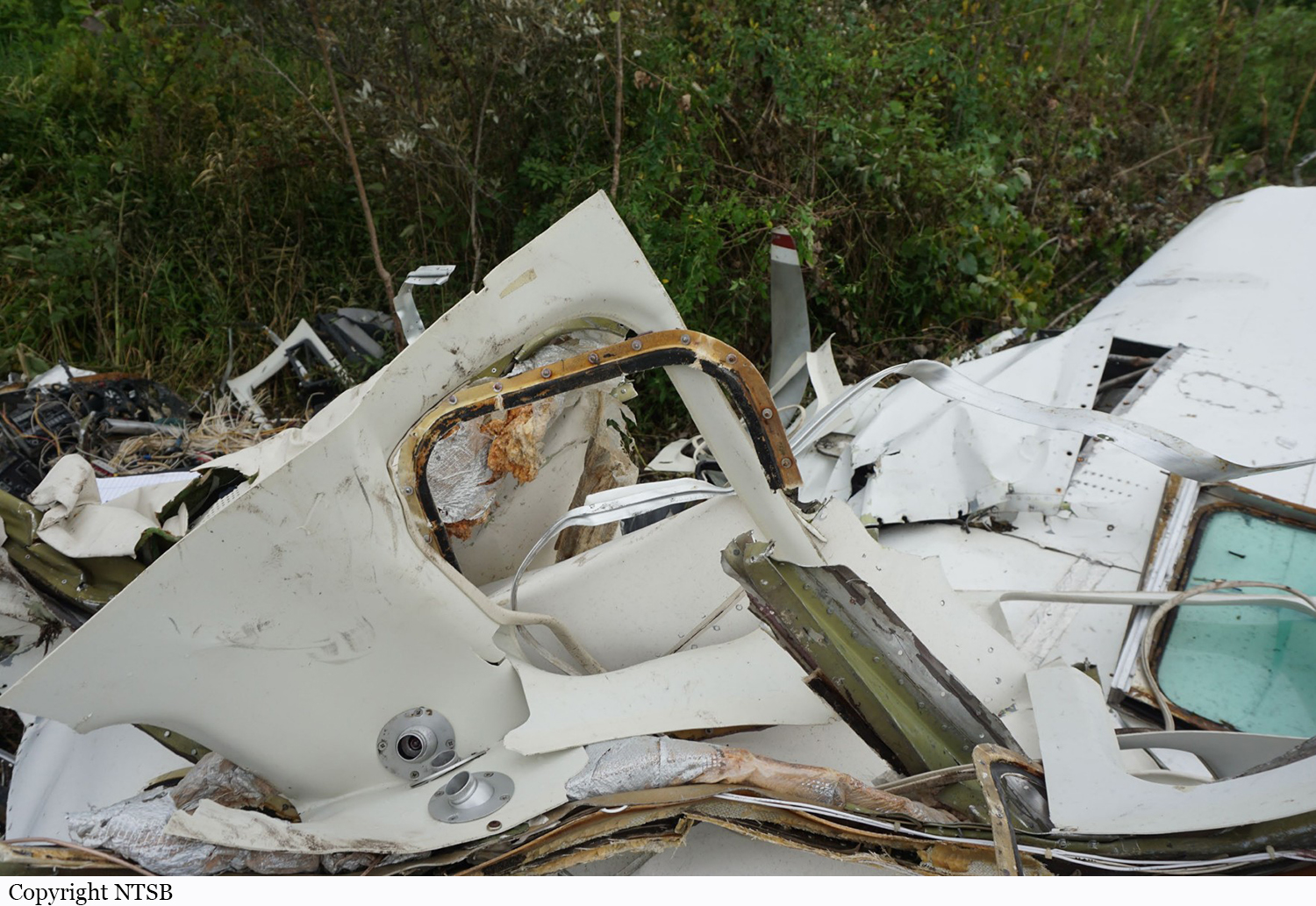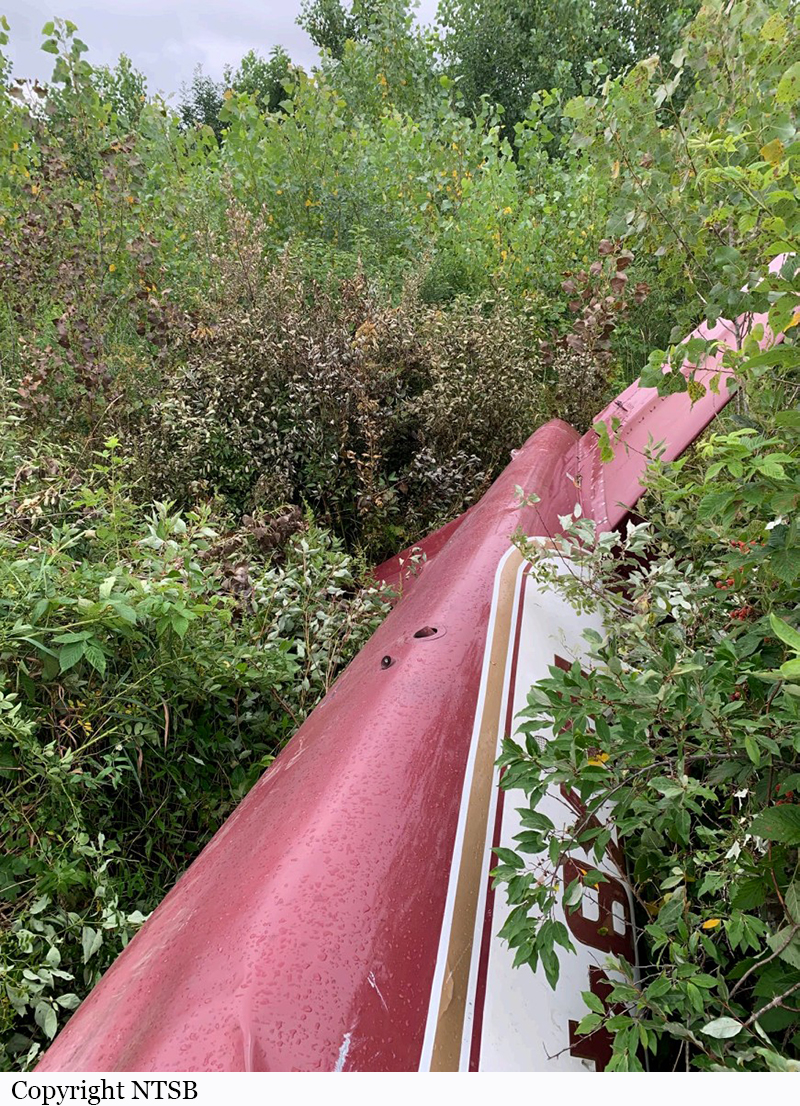Circumstances:
On the day of the occurrence, six Learjet flight crews of the operator involved planned to take off almost at the same time from Hohn Military Airport to different missions. The airplane involved was the third to take off. Two pilots were on board of the Learjet 35A. The Pilot Flying (PF) sat in the left-hand seat and the Pilot Monitoring (PM) in the right. It was planned to fly from Hohn to Wunstorf Military Airport and conduct several instrument approaches for training purposes of the local air traffic control personnel. At the same time, the flight was to be used as proficiency check for the pilot in the left-hand seat for his type and instrument rating for Learjet 20/30. According to the Cockpit Voice Recorder (CVR) recording, the pilots completed the Before Starting Engine checklist prior to starting the engines. A Yaw Damper check and a so-called Full Travel check of the flight controls were performed, among other things. At 1224 hrs, the right engine was started; at 1226 hrs, the left. At 1237 hrs, while still on taxiway C3, the take-off emergency briefing was performed with the words: „[…] when airborn keine [no] Items ausser [except] gear below 500 ft, continue climb, in real life accelerate to V2 plus 30, Klappen [flaps] rein, slight climb weiter auf [to] […]“. At 1238 hrs, another Learjet received take-off clearance with simulated engine failure from the Tower. That flight crew asked over the radio if the single engine take-off was approved and the Tower once again acknowledged it. After the take-off of that Learjet, the flight crew taxied with the airplane involved on the runway to Ramp 1, turned and waited for the clearance to line up on runway 26. At 1244 hrs, the flight crew received the instruction to roll on to runway 26 and wait. They completed the Line-up check and the Before Take-off check. They planned to take-off with flaps 8° and engine full thrust with N1 of 96.6%. After they had received take-off clearance at about 1247 hrs, the airplane accelerated and took off at 1247:34 hrs, according to witnesses in the area of taxiway C3, and entered climb. According to the CVR recording, after take-off the PF instructed the PM to retract the landing gear and engage the Yaw Damper. At 1247:39 hrs, the PM responded with: “Vorab verlierst du simuliert das rechte Triebwerk (in advance, you will lose the right engine)“, the PF acknowledged it by saying: “Copy, gear up“. Then the thrust of the right engine reduced, the left engine maintained the set take-off thrust. At that time, indicated speed was about 160 kt, according to the FDR. At 1247:44 hrs, the PF instructed: “Damper on”. At 1247:45 hrs, the PM answered “Jawohl (yes)”, almost at the same time the PF said quietly: “Oh shit“. At 1247:44 hrs, the PF called out loud several times: “Fuck” and at 1247:54 hrs the PM several times “Shit”. At 1247:55 hrs, the last recording was the landing gear warning generated by the airplane: “Too low“. From the PM’s announcement about the simulated engine failure at 1247:39 hrs until the impact, Hohn Tower transmitted traffic information regarding two Tornado aircraft in the vicinity and instructed the frequency change to Hohn Radar. Witnesses observed that the airplane performed a sort of snap roll and then crashed to the ground at the end of the runway. On impact, an explosive fireball occurred. The pilots suffered fatal injuries and the airplane was destroyed.
Probable cause:
The accident, loss of control of the airplane, was the result of an untimely or significantly too low rudder deflection to correct the asymmetric thrust after initiation of a simulated engine failure. The large yaw angle resulted in a stall of the vertical tail and on the wing and an uncontrolled roll of the airplane. It was not possible to determine without doubt the reason for the untimely or significantly too low rudder deflection.
